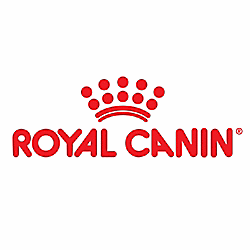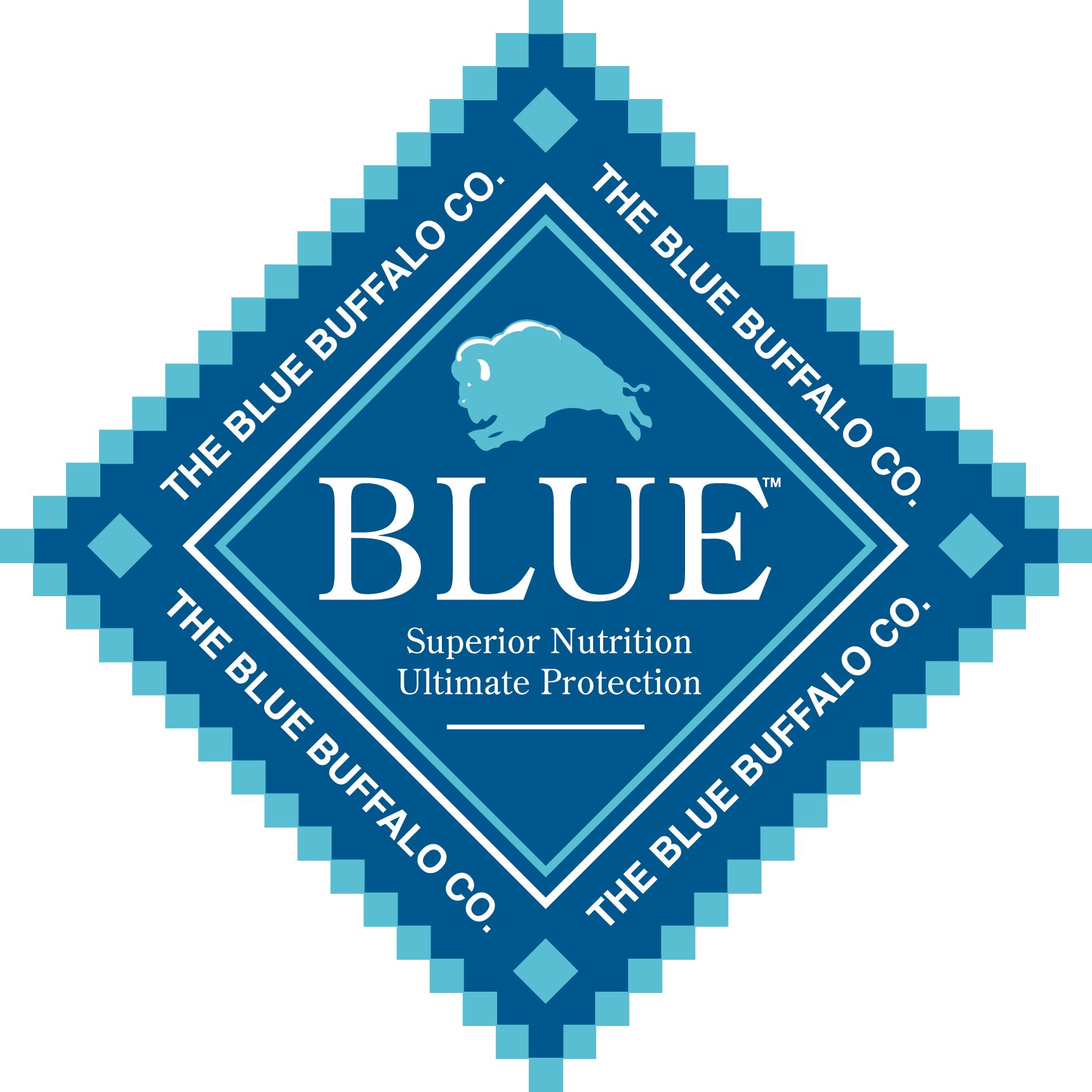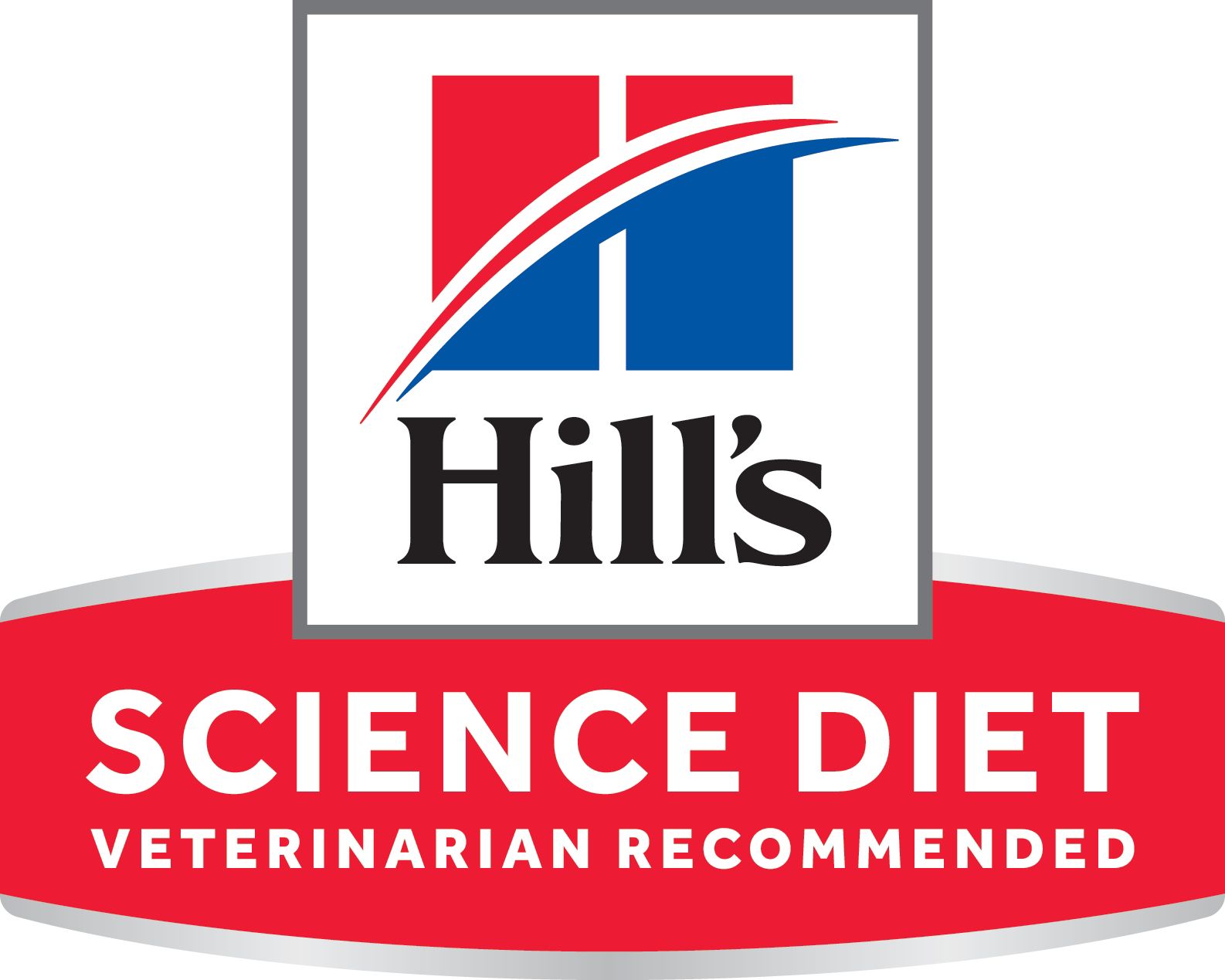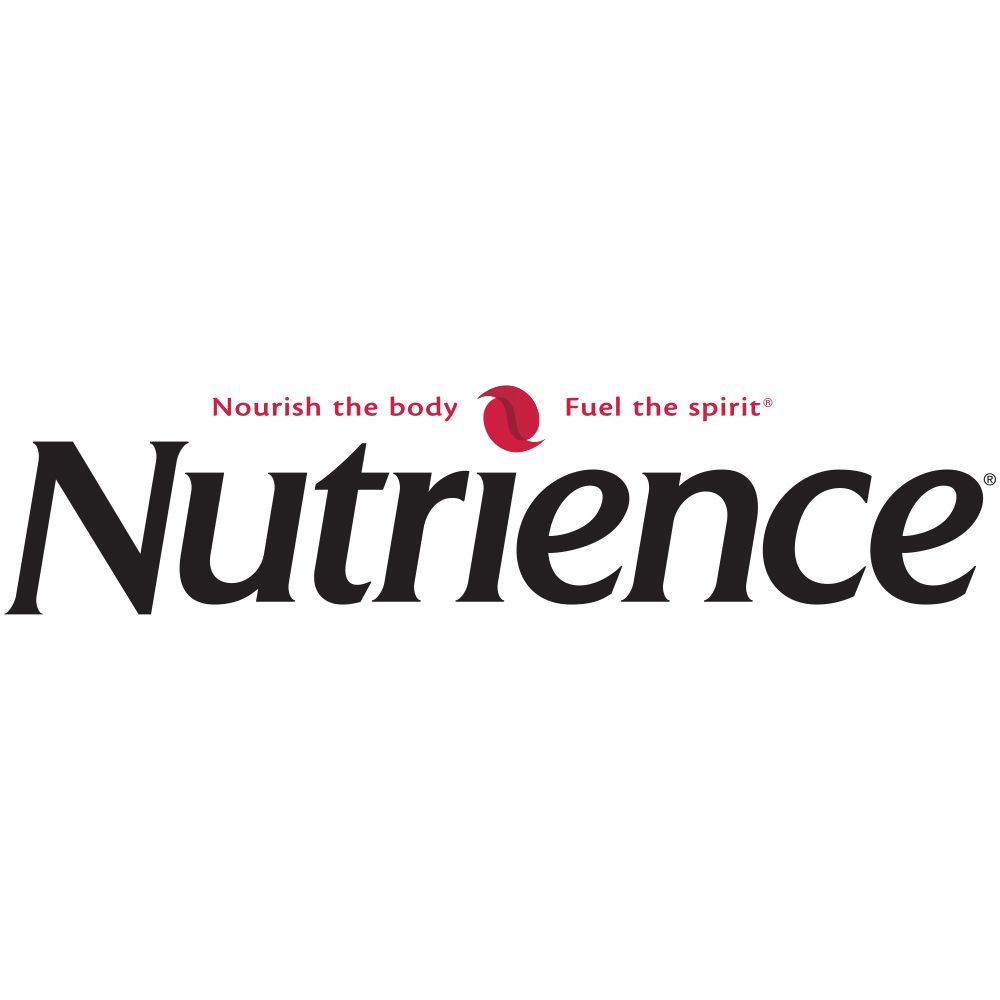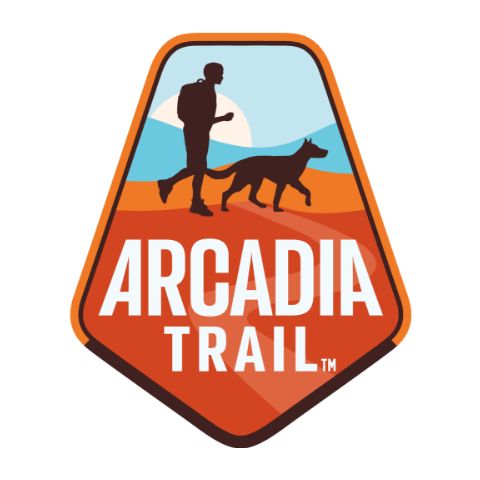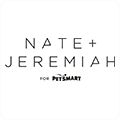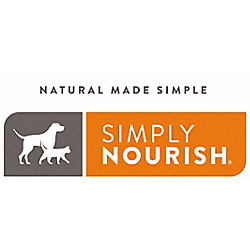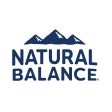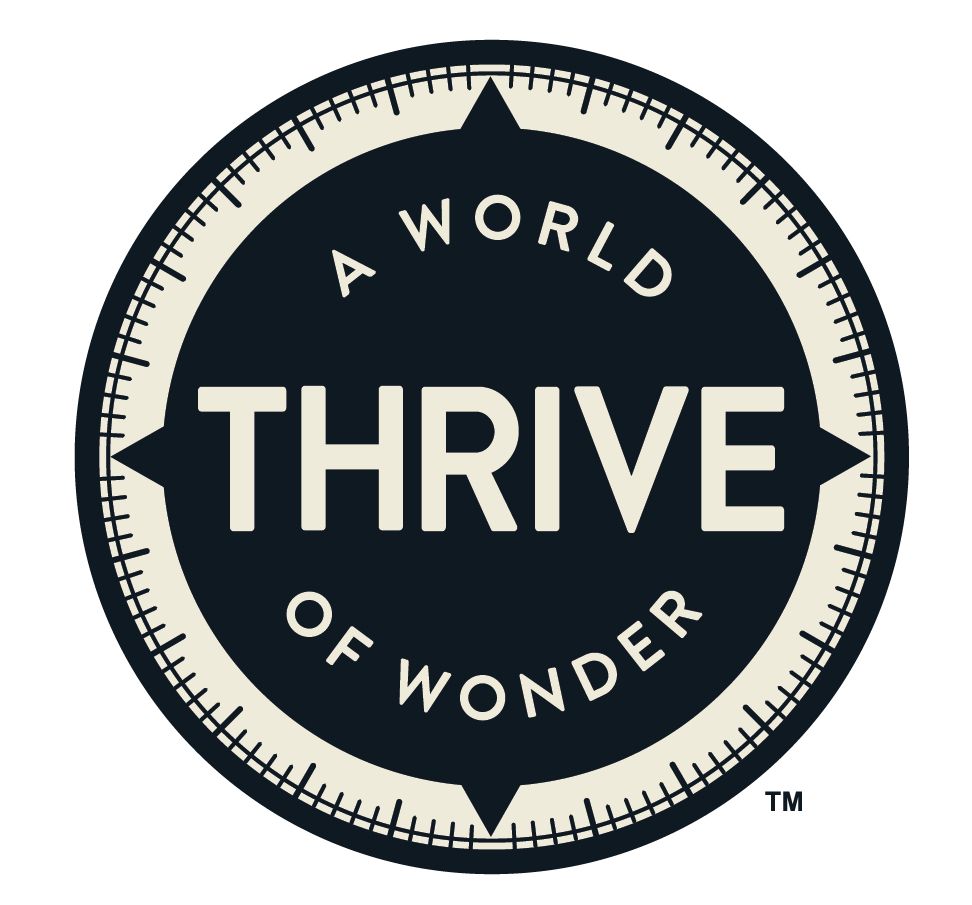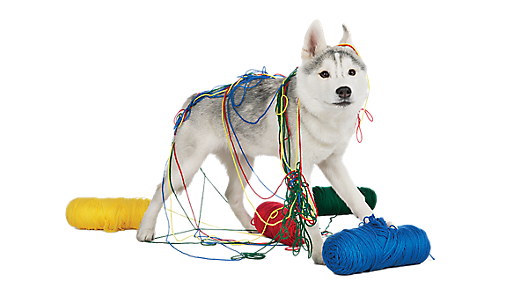
 top
top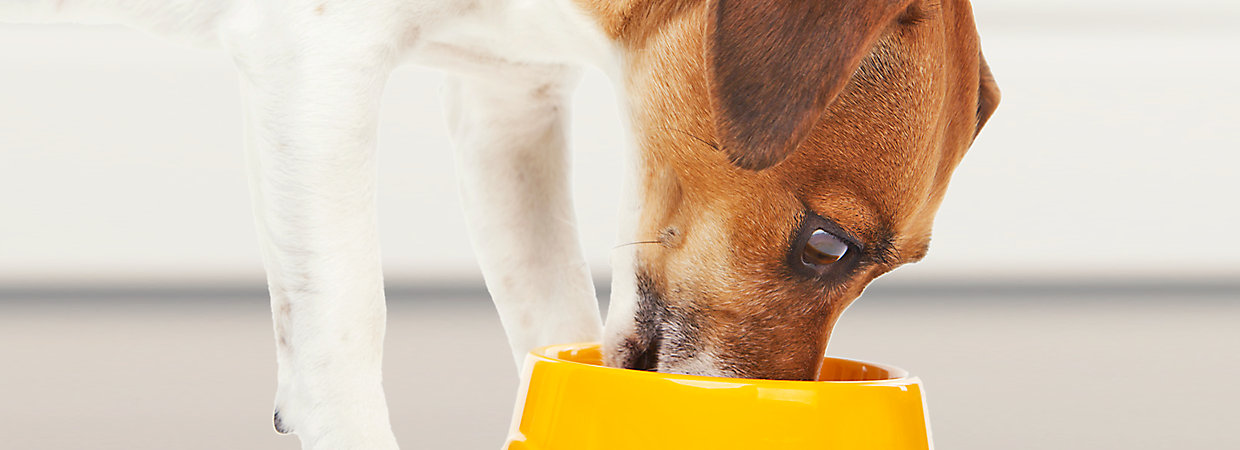
What to Feed Your Puppy
Growing puppies burn fuel fast, which is why they need twice as many calories as adult dogs. Puppy food is more densely packed with protein to support a pup’s growing skeleton, heart and muscles. They also need healthy fats for supple skin and a shiny coat; and carbohydrates for energy. Always have cool, fresh water available for your puppies.

How Often Should Puppies Eat?
Puppies always seem hungry, so it’s easy to overfeed them. But don’t give in to those adorable puppy eyes. Feeding pups too much can set them up for future health issues such as obesity and even skeletal problems. The amount you should give your puppy depends on their breed, size and ideal weight. Check the label of your pup’s food for portion recommendations, or follow feeding instructions from your vet.
Since pups need a steady supply of nutrition and energy, divide their total daily portion into two or three feedings a day. Small puppies and very active dogs can also suffer life-threatening drops in blood sugar if they’re not fed frequently enough. But be particularly careful not to overfeed large-breed pups. Too much rapid growth in these pups can cause painful skeletal complications. So choose a large-breed puppy food to help control your little giant’s weight. And if 2-3 feedings a day seems like a bit of a chore, there is an upside: Regular mealtimes will also help you regulate your puppy’s potty times, which mean fewer accidents.
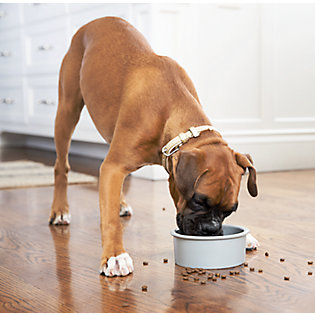
How to Pick the Healthiest Brand for Your Puppy
With a mind-boggling array of puppy food to choose from, how do you make sure your pup’s diet is healthy? Start with a few common-sense rule: Look for specifically made for puppies (not adult dogs) and choose a premium brand. Although lower-quality foods can be cheaper, the ingredients may lead to digestive problems, bowel problems or obesity.
Talk to your vet and look for brands approved by the American Association of Feed Control Officials. To get the AAFCO label, the food must contain 36 nutrients and all the vitamins and minerals growing pups need. Without that label, you don’t know what you’re getting Fresh is best! Check the expiration date on food package and only buy as much as your puppy can eat before that date. Store pet food somewhere cool and dry and keep it in a tightly sealed container. After every meal, throw away whatever puppy doesn’t eat.
Can’t decide between wet or dry food? Mix it up! Soft, canned puppy food tends to be more palatable, but hard kibble helps keep those puppy chompers clean by cutting down on tartar buildup – so how about a little bit of both?
Last, but certainly not least, – no people food! Table scraps can upset a puppy’s stomach or even lead to pancreatitis, a dangerous condition that can be caused by eating fatty foods. Feeding puppies from the table also teaches them to beg, a behavior you probably don’t want to encourage.
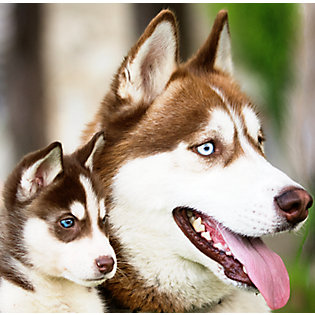
When Should I Switch to Adult Dog Food?
Dogs are generally considered puppies for the first year of their lives, though the puppy phase can be shorter or longer depending on the breed. Small breeds might be done growing by nine months, while giant breeds can take two years to reach their full size. If you’re unsure when to make the switch from puppy to adult formulas, again, talk to your vet.
Once dogs are fully grown, they (like people) don’t need as many calories, so it’s time to change up the menu and, scale back the feedings to twice or once a day.
Last, but certainly not least, – no people food! Table scraps can upset a puppy’s stomach or even lead to pancreatitis, a dangerous condition that can be caused by eating fatty foods. Feeding puppies from the table also teaches them to beg, a behavior you probably don’t want to encourage.

